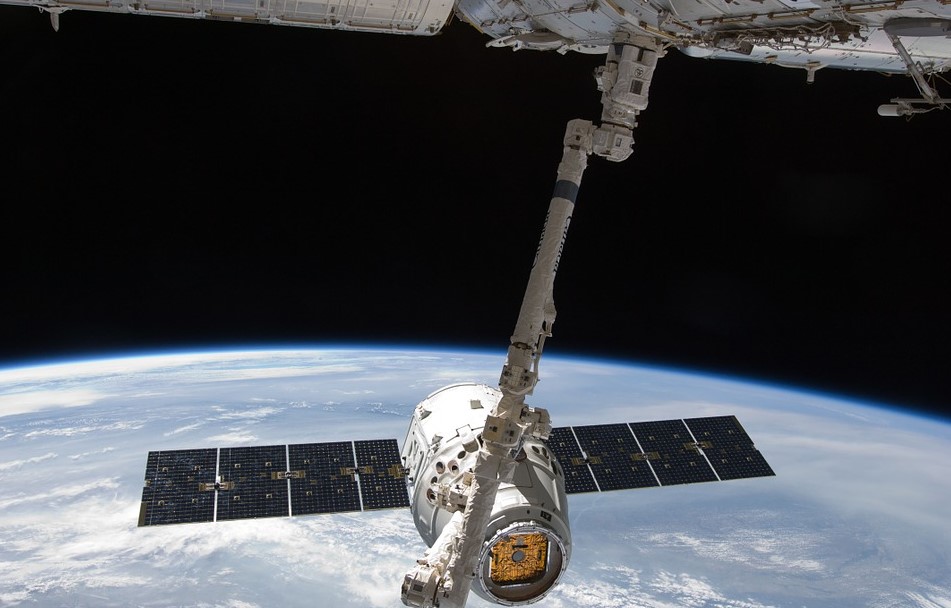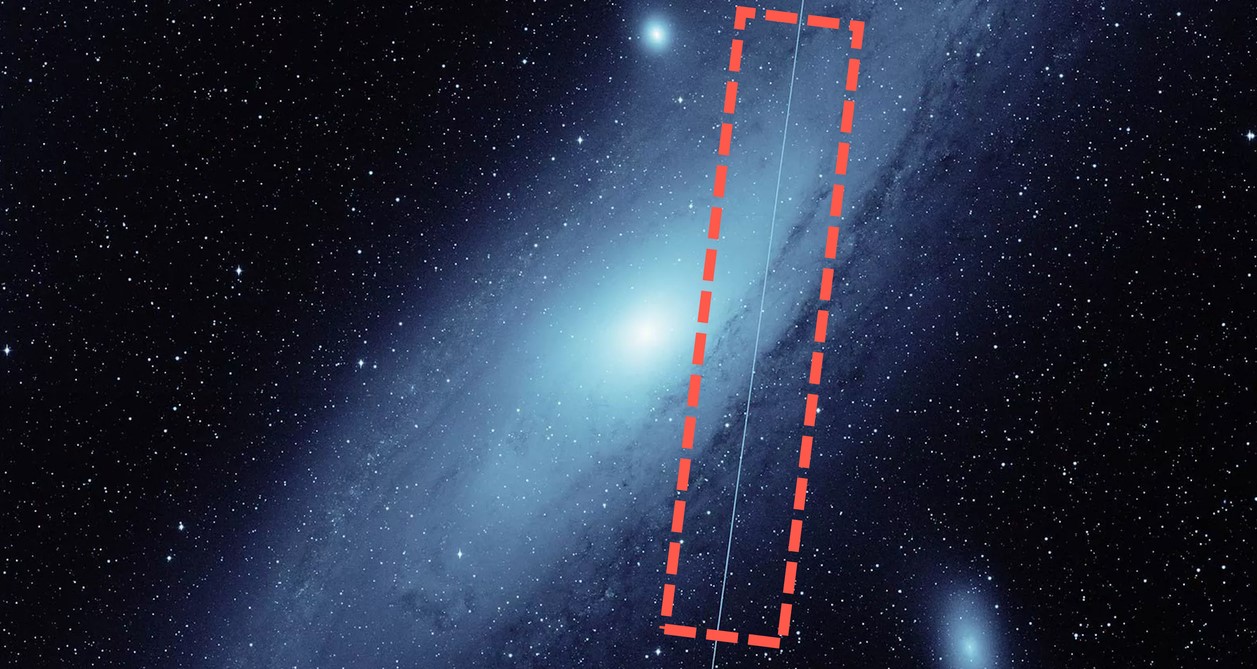 By B.N. Frank
By B.N. Frank
So far, there seems to have been no significant effort made by the U.S. government or the Federal Communication Commission (FCC) to protect Americans from any risks associated with SpaceX and other companies’ satellites. However, lawsuits have been filed against the FCC for approving their deployment (see 1, 2, 3) and an astronomy professor filed an amicus brief with one of the lawsuits. In March 2021, a petition was also filed with the FCC to pause satellite deployment due to risks. Nevertheless, tens of thousands of broadband satellites and similar vehicles have been and continue to be approved for launching in the U.S. to blast biologically and environmentally harmful Wi-Fi and 5G at Earth (see 1, 2, 3, 4, 5, 6, 7, 8, 9, 10, 11, 12, 13, 14, 15, 16, 17, 18). More recently, astronomers are warning again that Starlink satellites could prevent asteroids from being detected.
From Zero Hedge:
Starlink Satellites May Disrupt Detection Of Near-Earth Asteroids, Study Warns
by Tyler Durden
Saturday, Jan 22, 2022
There is growing concern among astronomers that Elon Musk’s SpaceX satellites in low-Earth-orbit (LEO) may interfere with a ground-based detection system used for identifying near-Earth objects (NEOs) (otherwise known as asteroids).
The new study, titled “Impact of the SpaceX Starlink Satellites on the Zwicky Transient Facility Survey Observations,” warned images taken by a telescope in California have been recording streaks from Starlink satellites that could make it much harder to discover NEOs.
Twilight images taken by the National Science Foundation (NSF)-funded Zwicky Transient Facility (ZTF), an instrument that operates from Caltech’s Palomar Observatory near San Diego, scans the night sky every 48 hours, searching for NEOs. Between November 2019 and September 2021, researchers found “5301 satellite streaks that can be attributed to Starlink satellites.”
“We find that the number of affected images is increasing with time as SpaceX deploys more satellites. Twilight observations are particularly affected—a fraction of streaked images taken during twilight has increased from less than 0.5% in late 2019 to 18% in 2021 August,” lead author of the study Przemek Mróz wrote.
Mróz believes by the time Starlink launches 10,000 satellites, nearly all twilight images from ZTF will have streaks, making it more challenging to identify NEOs by the end of the decade.
To minimize the streaks, researchers said redesigning Starlink satellites with visors to block “sunlight from reaching the satellite antennas to prevent reflection” could reduce brightness (thus decreasing streaks in ZTF images).
So what are the implications of the streaks in ZTF imagery? The study’s co-author Tom Prince warned:
“There is a small chance that we would miss an asteroid or another event hidden behind a satellite streak…”
Of course, warnings about space junk and satellite collision risks have been ongoing for years as well (see 1, 2, 3, 4, 5, 6, 7, 8). November’s “smashed” Russian satellite was a reminder of these risks. December’s space junk incident with the International Space Station was a scary reminder as well. In December, China also reported near miss collisions with SpaceX satellites. No wonder insurance companies have become hesitant to insure satellites.
https://www.youtube.com/watch?v=O80N6UGr5tc
Activist Post reports regularly about satellites and unsafe technology. For more information, visit our archives and the following websites:
- Americans for Responsible Technology
- 5G Space Appeal
- Stop 5G International
- WhatIs5G.info
- Wireless Information Network
- Electromagnetic Radiation Safety
- Environmental Health Trust
- Physicians for Safe Technology
Image: Pixabay
Become a Patron!
Or support us at SubscribeStar
Donate cryptocurrency HERE
Subscribe to Activist Post for truth, peace, and freedom news. Follow us on Telegram, HIVE, Flote, Minds, MeWe, Twitter, Gab, What Really Happened and GETTR.
Provide, Protect and Profit from what’s coming! Get a free issue of Counter Markets today.


Be the first to comment on "SpaceX Satellites May Interfere with Identifying Dangerous Near-Earth Asteroids; Thousands More to Be Launched Anyway"